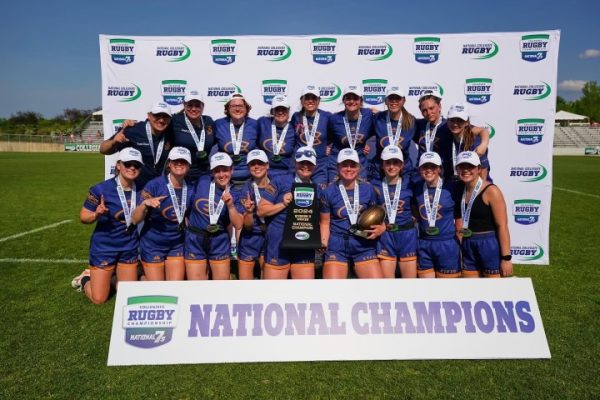Absurd Athletics
Diving into the strange history of esports
Last week, we dipped our toes into the vast ocean that is esports. This week, we’re going to take a deeper dive into the history of this diverse and interesting subsection of pop culture.
In 1952, Elizabeth II was crowned Queen of England, the United States detonated the first hydrogen bomb and, most importantly, the first documented video game was invented by a British scientist.
Apparently, it was a big year for our tea-loving cousins across the pond.
The game was called OXO, and was essentially a computerized version of tic-tac-toe, because even when the Brits invent something new, it’s actually just a rip-off of something else.
That’s enough British slander for today, though. I’ll leave that to another Spectator columnist.
Though 1952 saw the first official video game, it wouldn’t be until 20 years later, in 1972, that the world would see the first recorded video game competition.
The competition was held at Stanford University, where students competed in a game titled Spacewar. The winner, Bruce Baumgart, received the esteemed prize of a one-year subscription to Rolling Stone magazine.
In contrast, the Starcraft 2 Championship in February 2022 awarded the first place champion 170,000 dollars. That’s about 2,833 years’ worth of Rolling Stone subscriptions.
Clearly, a lot happened in the 50 years between these two competitions.
The first mainstream video game tournament came in 1980, with the Space Invaders Championship hosted by Atari. The competition included over 10,000 e-athletes and the champion won a “table video game,” according to upi.com, worth 2,000 dollars.
Meanwhile, some e-athletes were beginning to rise to mainstream fame.
Billy Mitchell, whose Wikipedia page includes the parenthetical “(gamer)” next to his name, rose to fame with mind-blowing world records at Pac-Man and Donkey Kong.
Eventually, these records were found to be a little too mind-blowing and Mitchell was caught red-handed in a cheating scandal, but the point was clear.
Esports was real, and e-athletes had the potential to become stars.
Also, a hilarious side note — Mitchell sued the cartoon television show “Regular Show” in 2015, and lost.
He claimed the character BFG, a giant floating head who happens to be an arcade world champion, was an illegitimate use of his likeness. The judge ruled that BFG was a giant, non-human floating head from space, while Mitchell “is a human being.”
Anyways, in the 1990s, Nintendo boosted the popularity of esports by hosting massive competitions to promote its consoles and games, as seen in the very bizarre promotional film “The Wizard.”
Esports truly began to take off with the explosion of PC, or personal computer, gaming in the late 1990s and early 2000s.
Early first-person shooters like Quake and Counter-Strike became the focus of massive competitive events and led to the foundation of the first professional esports leagues.
One of these early leagues was called the Cyberathlete Professional League, which I have to bring up because “Cyberathlete” is one of the coolest words I’ve ever heard.
By this point, the esports train had left the station and it was stopping for no one. Competitions continued to balloon in size and popularity throughout the 2000s.
Esports saw their next major landmark in 2011 with the founding of Twitch, an online live-streaming service.
Up to that point, esports had made sporadic appearances on United States televisions on channels like G4, but Twitch allowed esports competitions to be broadcast to massive audiences.
In the same year, the first League of Legends World Championship was held in Sweden and has since become one of the biggest esports events in history, boasting huge prize pools and viciously competitive tournaments.
Today, esports has become a billion-dollar industry, and only shows signs of continuing to grow.
Porisch can be reached at [email protected].

Nick Porisch is a third-year English student, and this is his fourth semester at The Spectator. Most of the time you can find him just sitting around someplace, potentially writing but usually just sitting. On the rare occasion he’s not sitting around, he might be rock climbing or running. But most likely he’s just sitting somewhere.










